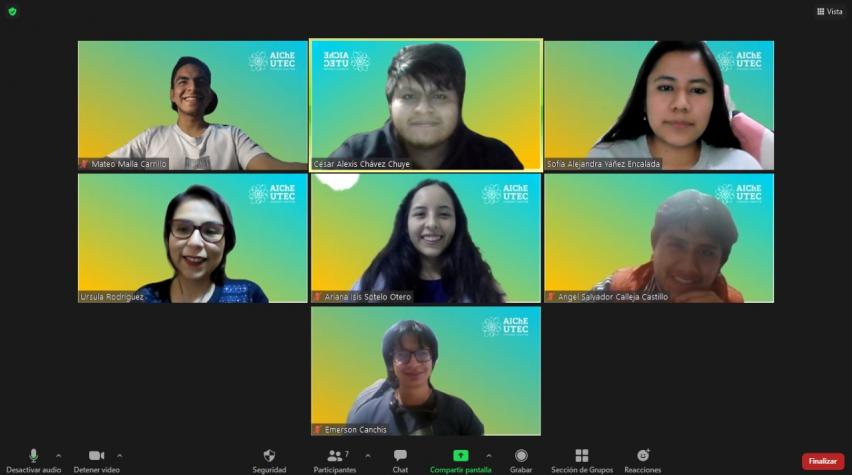
AIChE Chemical Engineering for Good Challenge (ACE4G) is a competition to encourage chemical engineering students and their partners to consider how chemical engineering know-how can be applied in an appropriate way on a small scale to improve the quality of life for communities in the developing world.
The Universidad de Ingeniería y Tecnología Student Chapter won third place in last year’s competition with their submission “Extraction of Carica papaya leaves to produce a natural fungicide.”
We caught up with their student chapter vice president, César Alexis Chávez Chuye, to learn more about their competition idea, what inspired them to enter the competition, and what they learned in the process.
How did you come up with the idea for your competition submission, “Extraction of Carica papaya leaves to produce a natural fungicide”?
Nowadays, the consumption of natural and eco-friendly products is growing and our consumption is changing to become more sustainable. We took this into consideration and also thought about the impact on farmers who still use pesticides that are toxic and dangerous for their health. By researching and analyzing the components of pesticides and comparing them with some plants we have access to, we came up with our solution. Thus, the properties of papaya leaves were chosen for this challenge.
Do you think that the technology you recommended could be implemented on a larger scale?
A large-scale application will require a better and controlled method of extracting the fungicidal compounds from the leaves in larger quantities and will therefore also require an investment. However, if this is possible, the agricultural products that receive this treatment will increase in value and also contribute to reducing the use of toxic pesticides.
Issues with scale-up are the availability of the raw material required, in this case papaya leaves, making it much more viable in farming communities where papaya is always grown.
What inspired you to enter this competition?
We analyzed the toxicity problem in Bagua due to pesticides. We wanted to help people from the community of Bagua, Peru, so we looked at the potential of the Carica papaya leaves there. We believed that it would be a good proposal for the people working with agriculture and we decided to participate so that this can be shared and applied in Peru.
What were some of the highlights of working on this competition with your team members? Did you learn anything new in this process?
The highlight of this project was applying the concepts learned in class to design a fungicide that would be technically and economically feasible and beneficial to the community in which it would be applied. Being able to look at the problem of the high rate of poisoning in the Amazon region in Peru due to the use of pesticides by examining previous research and using the tools of chemical engineering is undoubtedly an achievement that motivates us to implement this type of project and make our solution available to the community.
This project also increased connectivity and reinforced our sense of community between the role of the chemical engineer and the communities of our country and the world.


